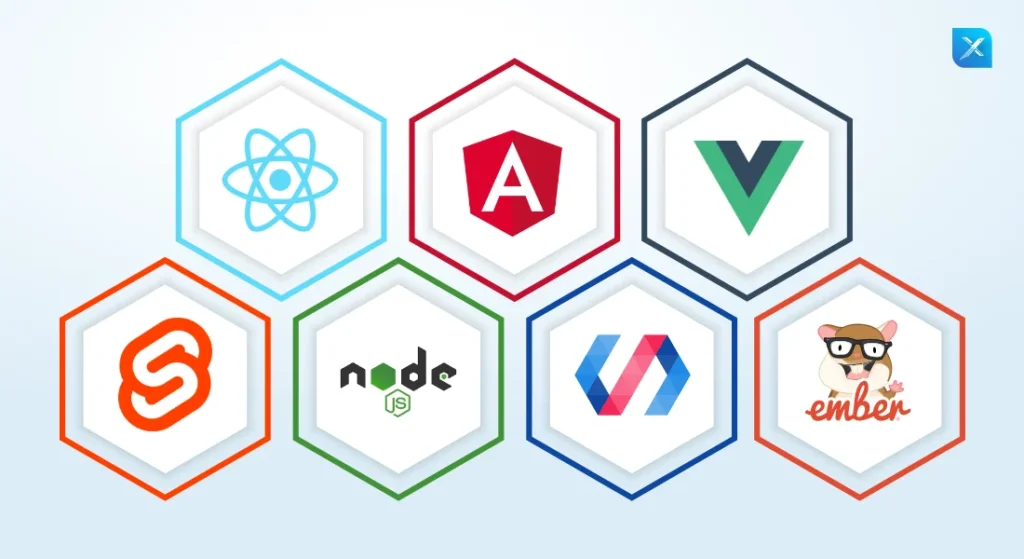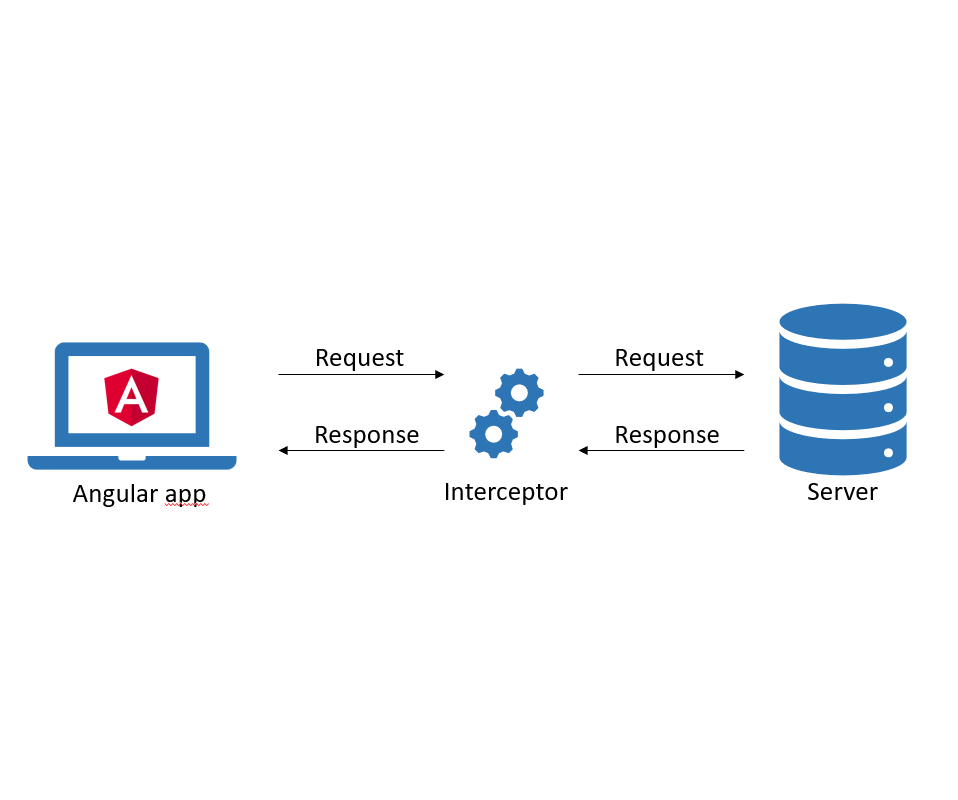Introduction: The Bridge Between Words and Numbers
When we ask a virtual assistant to find information or a chatbot to answer a question, we expect it to “understand” the meaning of our words. But how can a computer, which only processes numbers, interpret human language? The answer lies in embeddings, a fundamental technique in the field of machine learning and natural language processing (NLP).
Embeddings transform words, phrases, and documents into numerical vectors, allowing AI systems to process the semantic meaning of text. This technology underpins advanced search engines, recommendation systems, and intelligent chatbots.
In this article, we will explore what embeddings are, how they work, and why they represent one of the most significant innovations in AI.
What Are Embeddings?
Embeddings are dense vector representations of textual data. Each word, phrase, or document is converted into a sequence of numbers that captures its meaning.
Unlike traditional text representations (such as Bag of Words), embeddings preserve the semantic relationships between words. For example, the vectors for the words “king” and “queen” will be similar, as these words often appear in similar contexts, while the vector for “computer” will be very different, as it belongs to a distinct semantic domain.
This ability to represent meaning numerically allows AI models to:
- Understand synonyms and related words
- Distinguish between different meanings of the same word (e.g., “bank” as a financial institution or the side of a river).
- Efficiently process text, even when the data is complex or ambiguous.
Practical Applications of Embeddings
Embeddings are used in numerous domains, including:
- Semantic Search Engines Modern search engines use embeddings to understand user intent and return relevant results, even when the keywords don’t exactly match the indexed documents. For example, a search for “best Italian restaurant in Rome” may return results that mention “trattoria”, “pizzeria”, or “osteria”, as they are semantically related.
- Chatbots and Virtual Assistants Embeddings allow chatbots to interpret user queries and provide relevant responses, even when questions are phrased differently. This is essential for improving the user experience in applications such as automated customer service.
- Sentiment Analysis Companies use embeddings to automatically analyze the sentiment expressed in text, such as reviews or customer feedback. This enables them to quickly identify positive or negative trends and respond accordingly.
- Automatic Document Classification Embeddings simplify the categorization of large volumes of text—for example, organizing emails, articles, or business documents based on their content.
Limitations and Challenges of Embeddings
Despite their advantages, embeddings come with some limitations:
- Bias in Data: If the training data contains stereotypes or biases, these can be reflected in the generated vectors.
- Limited Context: Even advanced models like BERT have a limited “window” of context and may not fully capture the meaning of very long or complex texts.
- Data Availability: For less common languages or niche domains, the amount of available training data may be insufficient, limiting the effectiveness of embeddings.
Why Are Embeddings Important for Your Business?
Embeddings offer numerous benefits for businesses working with textual data:
- Automation: Reduction in time and costs associated with manual text analysis.
- Accuracy: Improved precision in search, classification, and recommendation systems.
- Insights: Discovery of hidden correlations and trends within textual data.
Conclusion: A Key Technology for the Future
Embeddings represent one of the most significant innovations in artificial intelligence, enabling computers to interpret human language with increasing accuracy. Whether you’re developing a chatbot, a search engine, or a data analysis system, understanding and using embeddings can make the difference between an ordinary application and a cutting-edge solution.



